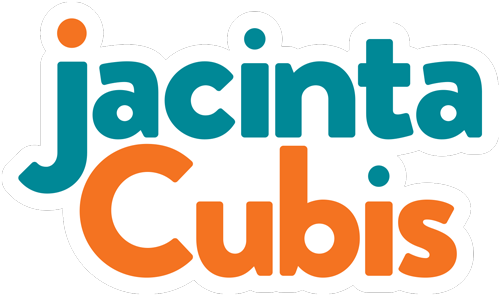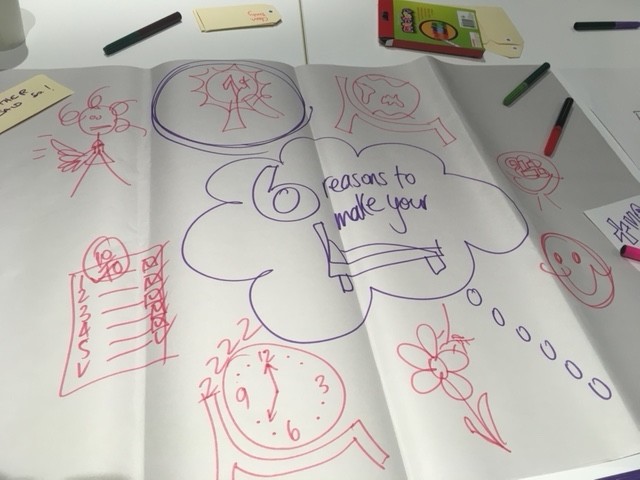Learning on the edge of my comfort zone
Guest blogger, Rebecca Cattran Change catalyst
Delighted to share what Rebecca Cattran says she learnt at my recent workshop on visual notetaking. Over to Rebecca.....
As a lifelong learner, I’m always on the lookout for opportunities to broaden my skills. I recently had the good fortune to improve my visual note-taking, thanks to the inspiring network that is VFN and the talented Jacinta Cubis.
The call to action was to give it a go. I would describe myself as a words person, so how do you successfully convince someone to drop the familiar and choose the foreign? I was pleasantly surprised by the results and curious to reflect on the learning process: how to make something daunting become accessible and fun…
Here’s some of my tips and how I was able to apply them:
Start small
If you’re overwhelmed by a large canvas of butcher's paper and the eyes of a group, start small, with a personal notebook of plain, blank pages for your eyes only.
Build a library
There’s a lot of repetition in our lives – think emojis. Develop familiar images that become second nature to you – like a lightbulb for an idea and a heart for feelings etc.
Change by degrees
When you’re used to focusing on capturing words, it can feel like a big leap to suddenly switch to pictures. So, it’s possible to find middle ground – a combination of images and words, think infographic.
Take your time
Faced with a mental blank when capturing notes live, give yourself time to review and improve. Add to and enhance your visuals after the event as a reinforcement strategy.
Different perspectives
Another key is not getting stuck with looking at things in one way. For example, if you’re drawing a car, you could draw it front on, side on or close up, think steering wheel.
Go with your gut
One of the biggest aha moments for me was not to overthink. Draw the most obvious, simplest image that comes to mind to illustrate a key word or concept.
Images have impact. They convey emotion and capture big ideas. They’re individual, memorable and provide room for interpretation.
Try visual data capture for yourself! Now when I attend workshops or facilitate discussions, I’m retraining my brain to think visually for quicker processing and more powerful communication.


